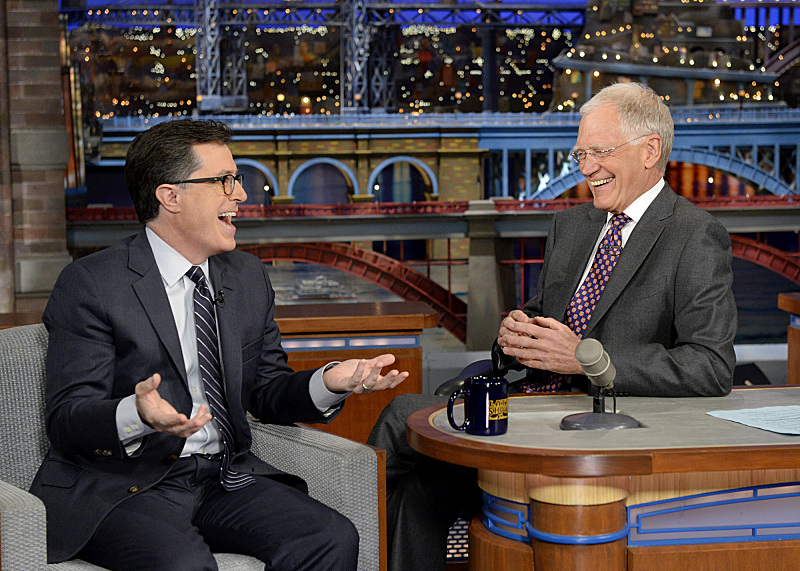
On Wednesday, Stephen Colbert released his first video of Late Show material, a hilarious goodbye to his hiatus “Colbeard” that showed fans he hadn’t shaved off his sense of humor in the transition to CBS. But with less notice, Colbert also launched the show’s podcast, which offers a peek at the process of reconceiving the persona of a well-known comic for a new show, as well as the odd limbo state of writing, writing and writing for a show that will not exist until Sept. 8.
“We’re shouting jokes into a sock and throwing it off a bridge,” says Colbert, gabbing with longtime executive producer Tom Purcell and head writer Opus Moreschi on “In the Bad Room with Stephen.” (The title refers to the crew’s windowless temporary office, reminiscent of a room where a doctor takes you to give you a bad test result.)
According to Colbert, the creative team—which he largely brought over from The Colbert Report—moved over at the end of March, and almost immediately started writing. Their first assignment was Colbert’s material for the CBS upfronts in May, but the work at this point is largely about writing jokes no one will hear. Colbert himself says he’s been occupied with logistics—”That is the true joy of comedy, is figuring out how much money I have for the backup electrical system”—but as of the recording date (May 28) has begun joining the writers’ room daily.
A big task, obviously, is to figure out how to write for Colbert now that he’s shedding the pose of conservative pundit, referred to as “the character” on the podcast. “We first came in going, ‘We’re not going to write the character,'” Colbert says. “But you can’t just not do something. You can only do the things you want to do.” So they focused on writing jokes they found funny and asking, “Does that work without the character?”
Which brings up another point: as it turns out, the difference between Colbert playing “himself” and “the character” is not that cut-and-dried. If you watch the Colbeard video, for instance—no, it doesn’t rely on fake-pundit humor, but most of it is very much the kind of surreal comedy Colbert might have done on the Report.
There’s probably more of Colbert in “the character” and more persona-playing in “Colbert the real host” than there’s made out to be—that’s the nature of performance. As Colbert, Moreschi and Purcell note on the podcast, often writing for the Report meant doing jokes they found funny and finding an excuse for a conservative pundit to read them. Now, the approach is: “Just write the bit. We’ll come up with the framing device later.”
What those devices will be is something Colbert and crew would share few details of (and obviously are still figuring out), but there are a couple tantalizing crumbs. Purcell referred, for instance, to a news-based recurring segment the writers have been creating for the new show—tough, as Colbert said, you’ll never see what they’re writing now for it unless “the exact same news event happens three months from now.”
In other news: the Ed Sullivan Theater is getting new, wider seats! “Back in ’93, when they installed those seats for Dave, we don’t feed the kids the hormones we do now,” Colbert says on the podcast. “The ass hormones.”
Beyond that, he says, “We’re writing every kind of show that this show could be.” He likens it to baking bread every day, without yet knowing if you’re running a bakery or a restaurant, or what else it will serve. In the meantime, all we podcast listeners can do is hang out near the kitchen, eyes, ears and nostrils open.
Read next: Watch as Stephen Colbert Shaves ‘The Colbeard’
Listen to the most important stories of the day.
See 13 Stephen Colbert Cameos You Might Have Missed
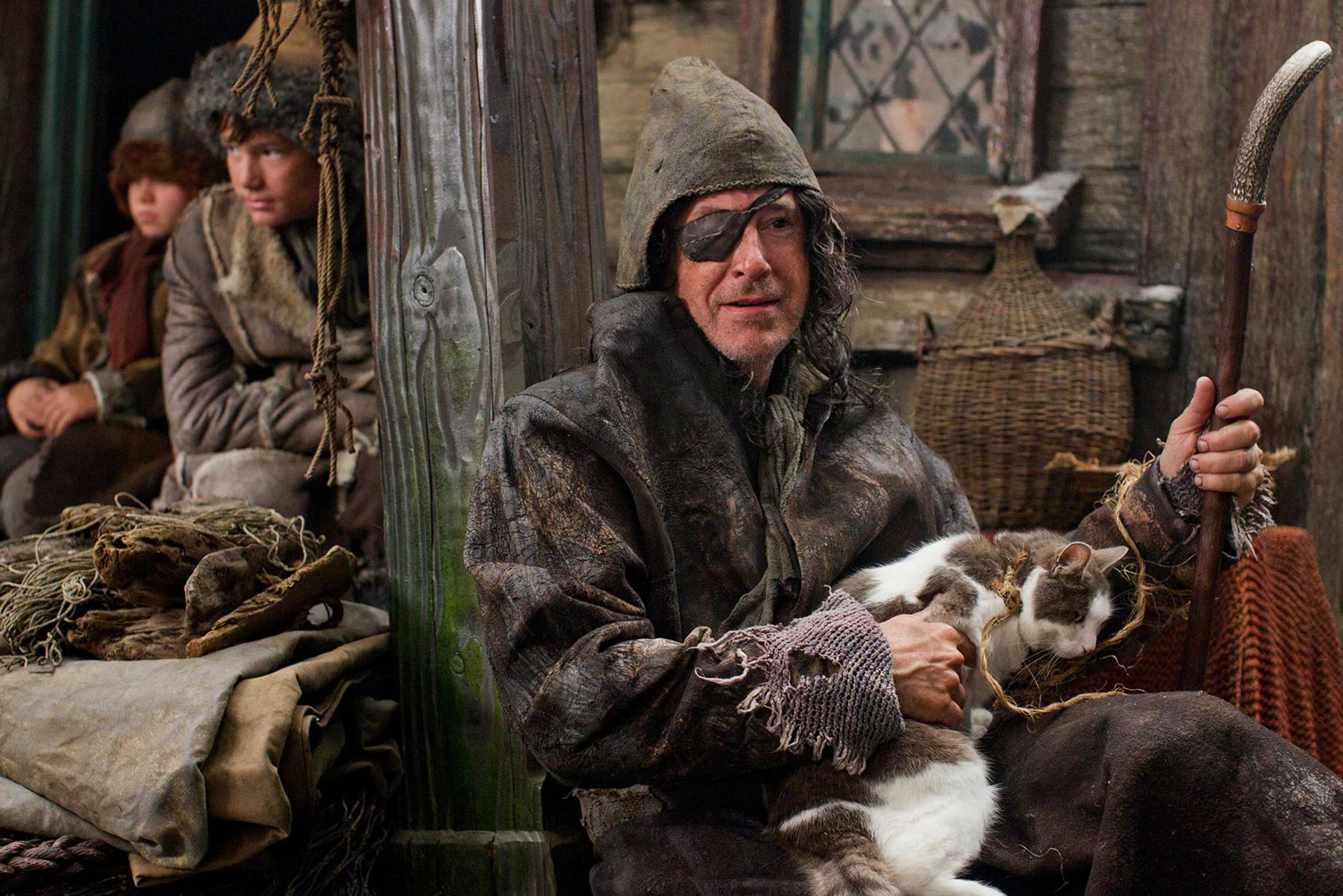



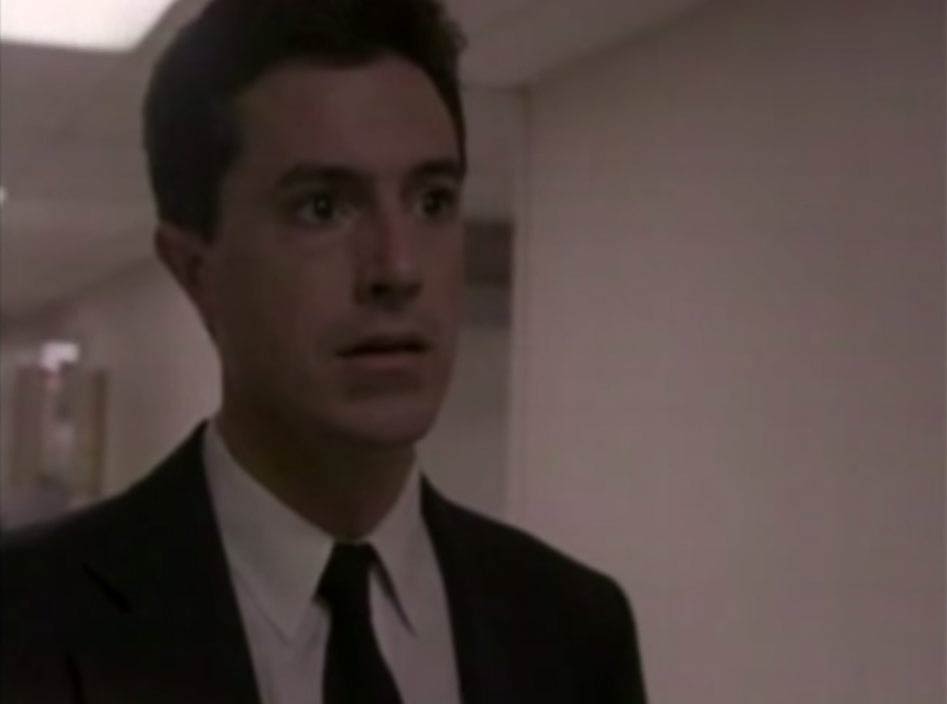

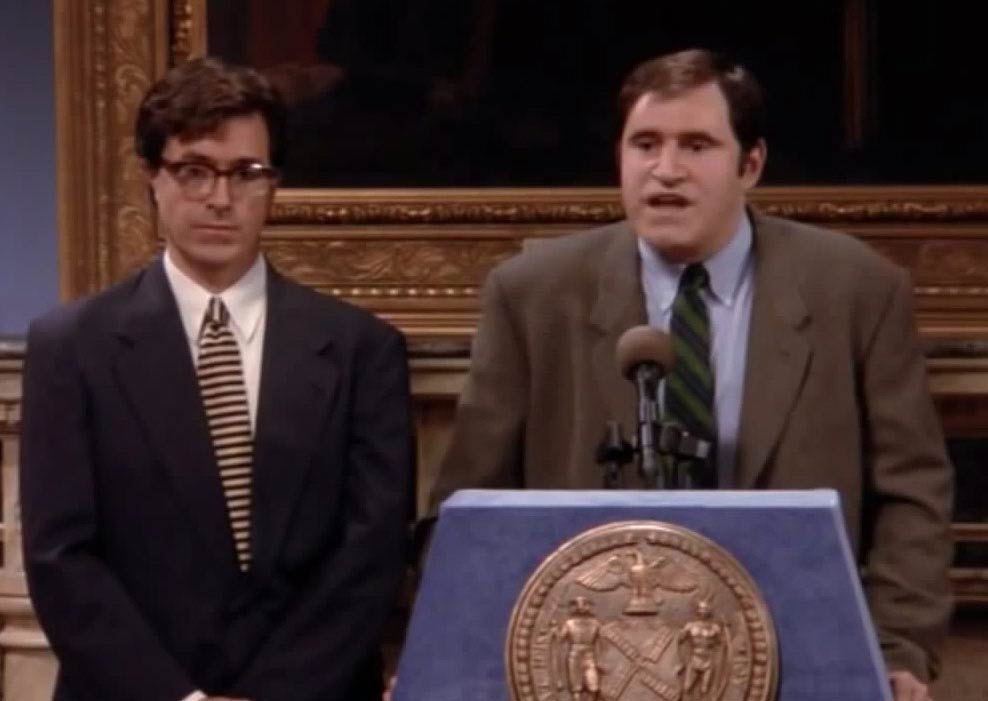
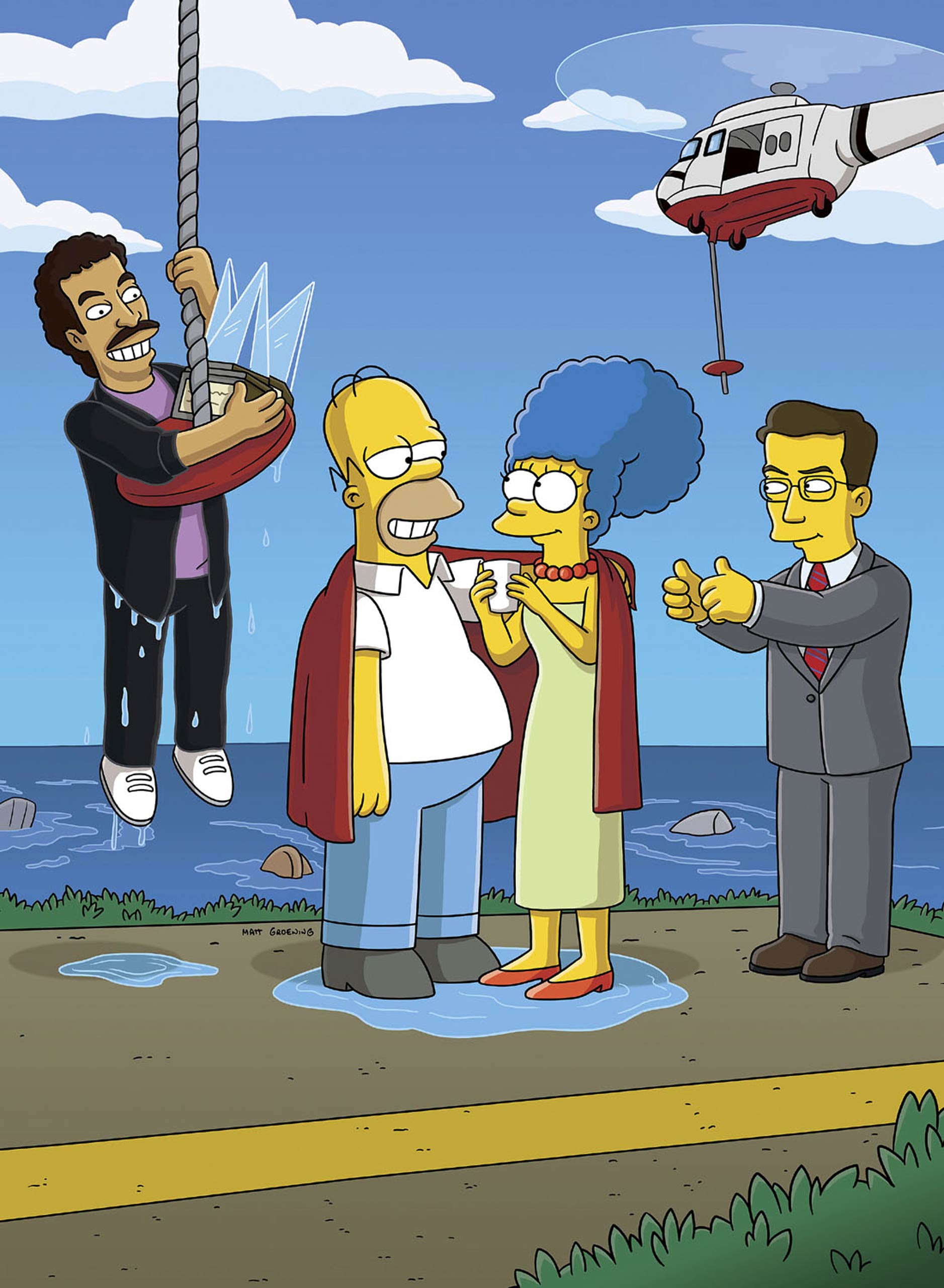
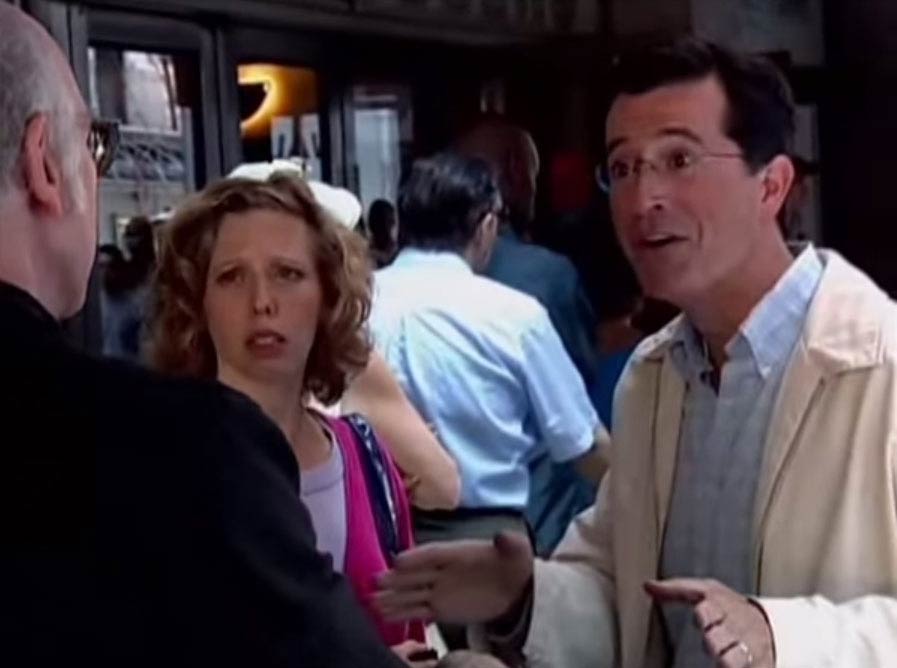
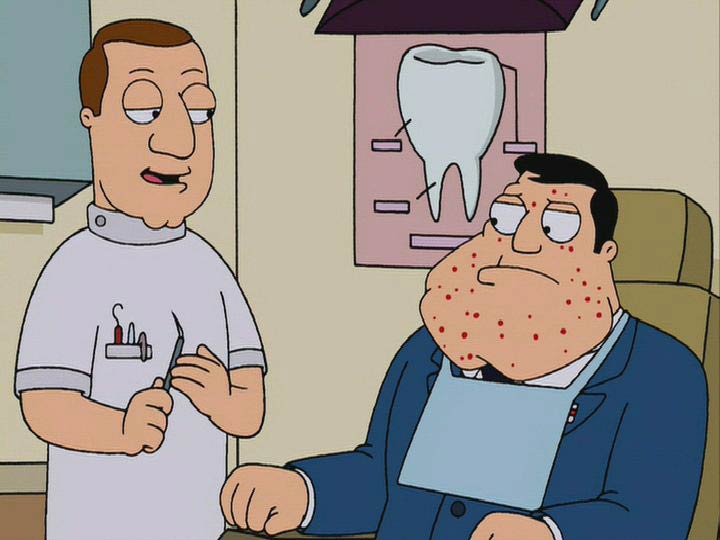
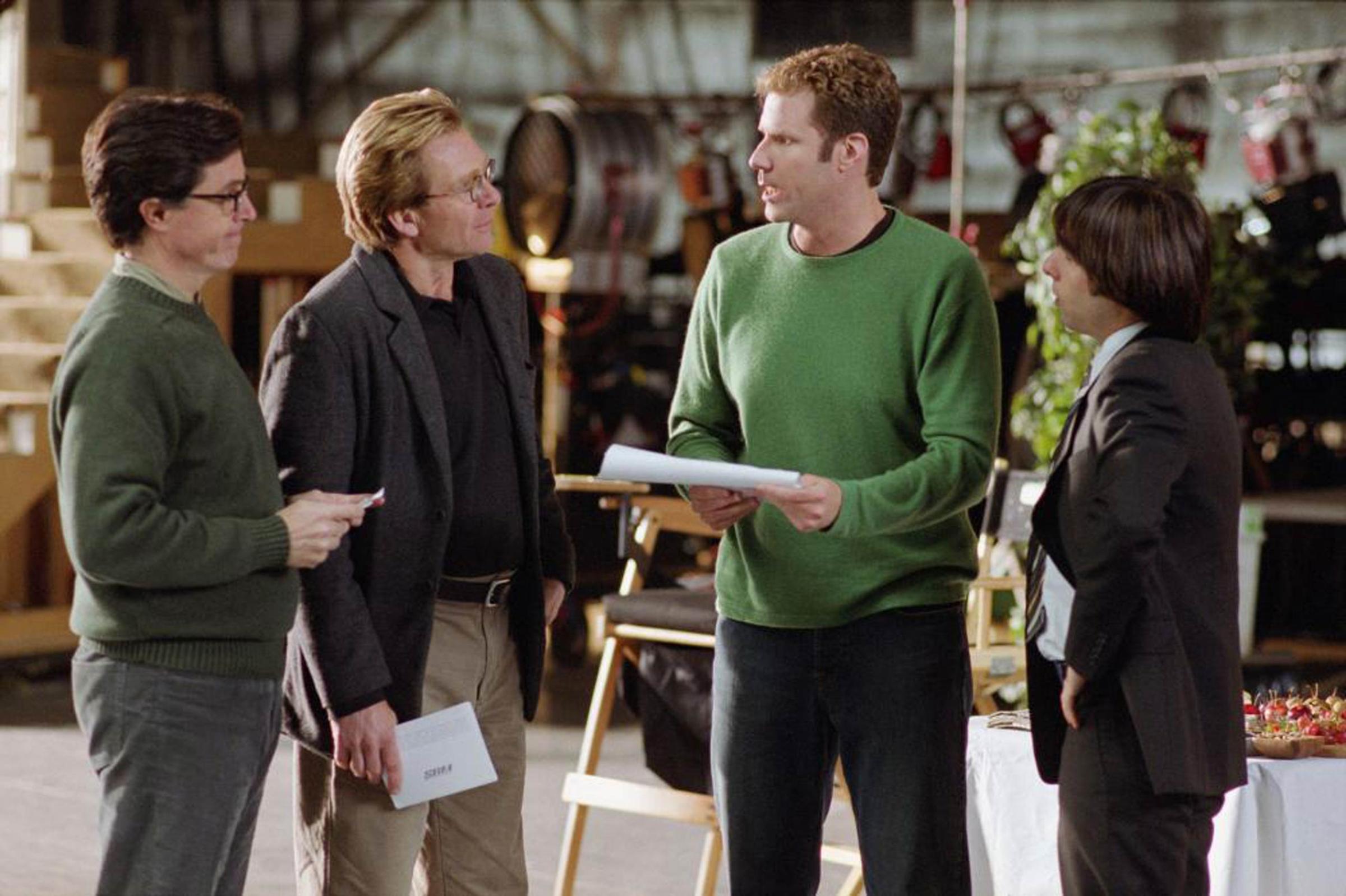

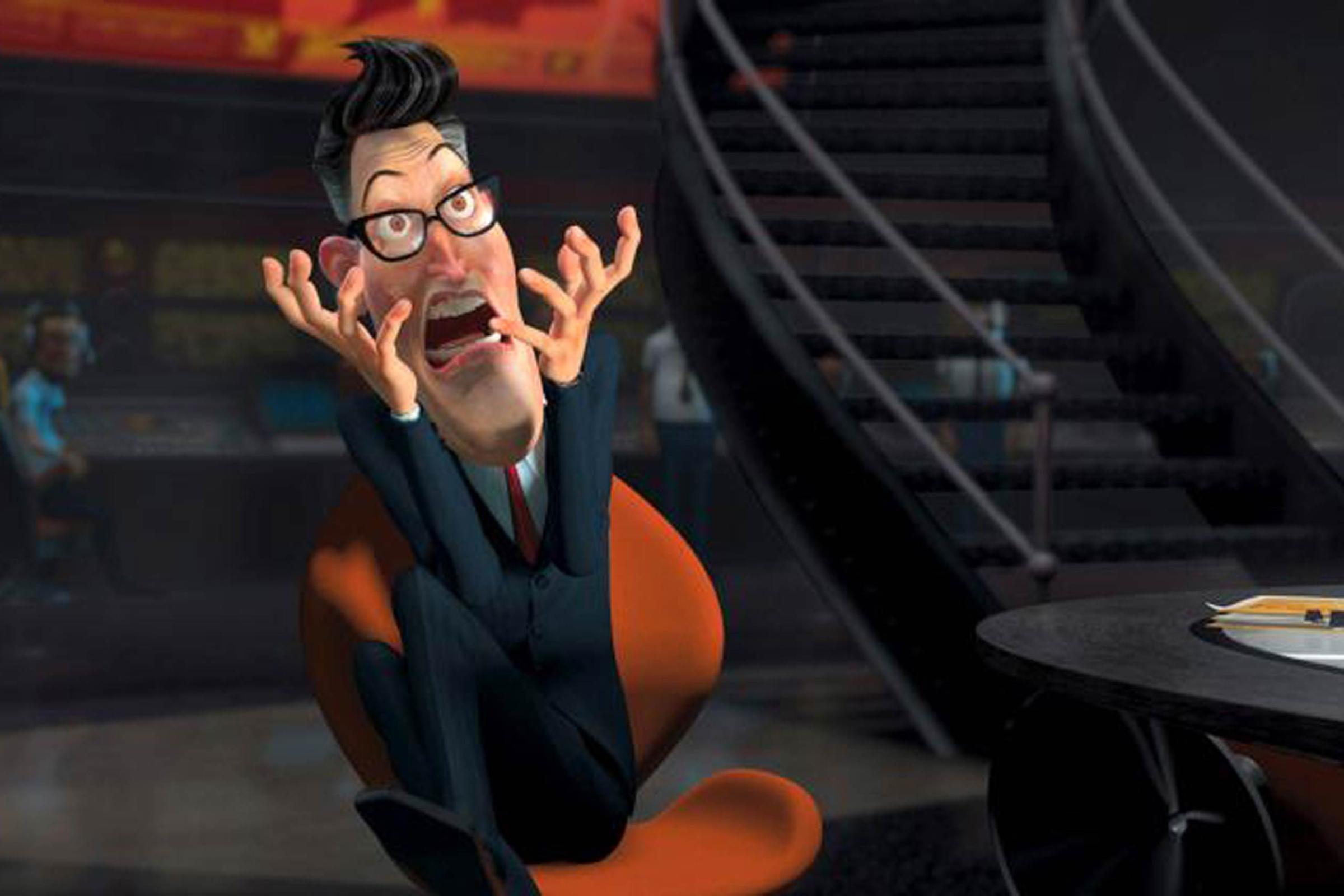
More Must-Reads from TIME
- Donald Trump Is TIME's 2024 Person of the Year
- Why We Chose Trump as Person of the Year
- Is Intermittent Fasting Good or Bad for You?
- The 100 Must-Read Books of 2024
- The 20 Best Christmas TV Episodes
- Column: If Optimism Feels Ridiculous Now, Try Hope
- The Future of Climate Action Is Trade Policy
- Merle Bombardieri Is Helping People Make the Baby Decision
Contact us at letters@time.com